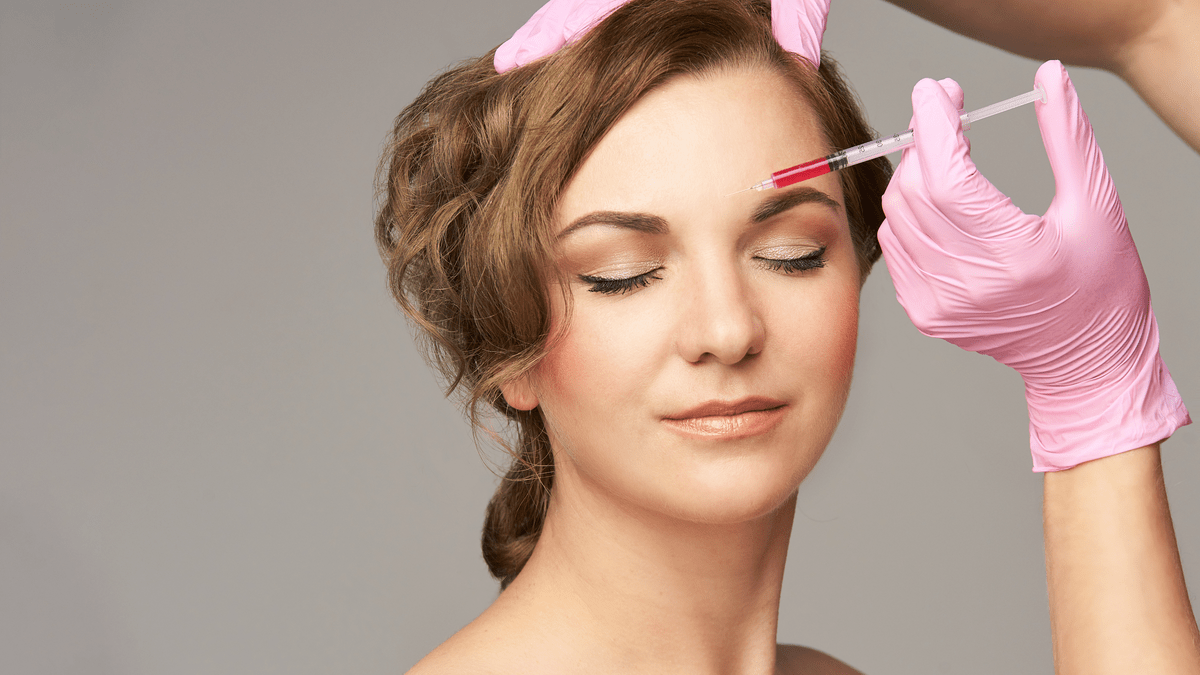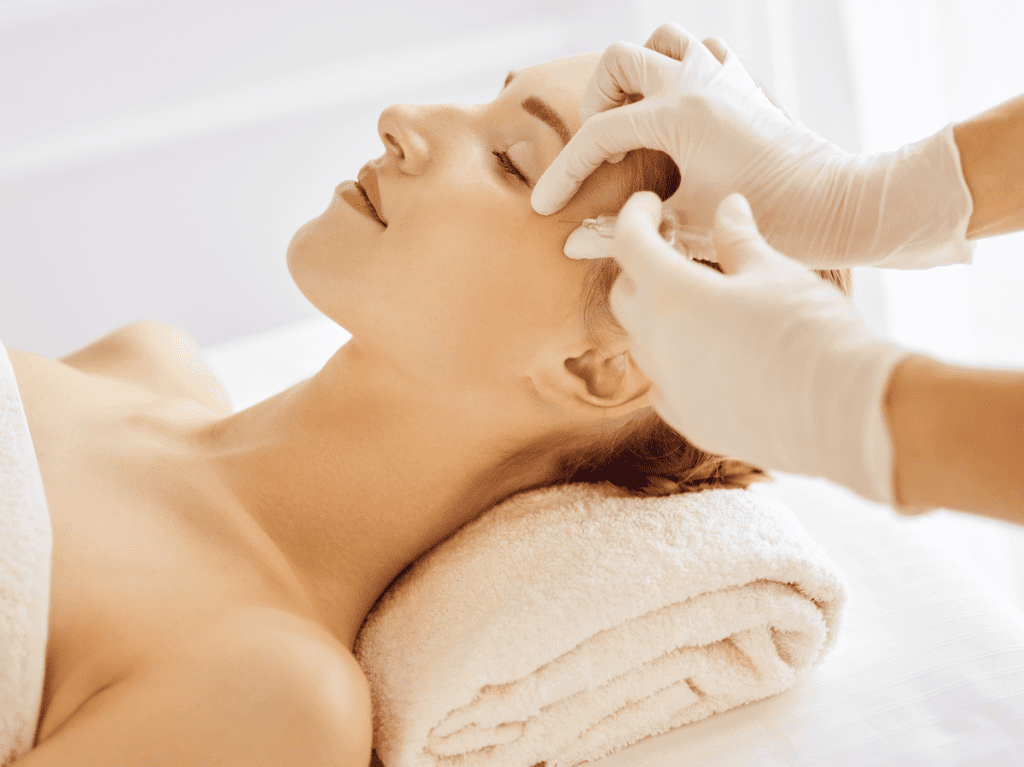
INTRODUCTION
How does Platelet-Rich Plasma Therapy (PRP) work to speed the healing of chronic tissue injuries like tendinitis, sprains, and some mild forms of arthritis? PRP is the result of a process in which a patient’s own blood is concentrated and then used to treat these conditions.
PRP TREATMENT SUCCESS RATE
The general prp injection success rate is between 70 and 90%, though this varies from patient to patient. Patients who are just starting to see the effects of genetic hair loss and thinning are the ones who benefit most from this treatment. PRP treatment for hair loss is a must for you to consider because it is effective. Nonetheless, this is something that your healthcare provider will talk to you about.
THE QUESTION IS, HOW DOES PRP THERAPY ACTUALLY WORK?
At first, the treated area is numbed with a local anesthetic cream. Second, our medical professional will take a tiny blood sample. Next, the sample is centrifuged for about five minutes to separate the plasma from the rest of the blood. After that, the platelet-rich plasma is reinjected into the affected area to promote the growth of new collagen and elastin.
Explaining the function of platelets.
Platelets, also known as thrombocytes, are a type of blood cell that circulates in the body alongside erythrocytes (red blood cells) and leukocytes (white blood cells) (leukocytes). Platelets enable clotting and promote healing of injured body tissues; white blood cells combat infection; and red blood cells transport oxygen and carbon dioxide around the body. Platelets are the cells that clot blood when you cut your finger, blocking the wound so your body can heal it.
The proteins in platelets, known as growth factors, are responsible for their abilities. Without platelets, your body would be unable to regulate inflammation, heal tissues, or build new skin because it would not receive the signal to operate in “healing mode.” Platelets also boost collagen production and increase circulation, both of which are crucial to the healing process.
The purpose of platelet-rich plasma (PRP) therapy is to increase the effectiveness of platelets. When platelets are isolated and concentrated into a single injection, they can deliver up to five times as many growth factors as are found in regular whole blood to an injured area of the body. In addition, the blood is drawn from your own body, so there is no chance of a rejection due to a blood type mismatch, infection, or contamination.

WHAT KINDS OF INJURIES DOES PRP THERAPY USUALLY HEAL?
Platelet-rich plasma can be helpful in the treatment of injuries involving partial tears of tendons (the tissue connecting bones to other bones) and ligaments (the tissue connecting common injuries for prp therapy muscles to bones and platelet rich plasma facial). Surgery is the only option for treating complete tears and ruptures, but platelet-rich plasma therapy (PRP) may hasten recovery after repair surgery.
PRP therapy is most often used for knee, shoulder, and elbow injuries, such as those caused by arthritis, rotator cuff tears, severe hamstring pulls, quadriceps injuries, and Achilles tendon damage at the back of the ankle.
HOW LONG DOES PRP TREATMENT TAKE?
Regenerative medicine using platelet-rich plasma (PRP) can be completed in under two hours. It can be performed as an outpatient procedure without the need for a hospital stay.
There are no special precautions that need to be taken before receiving PRP therapy, in contrast to having a blood test. The only preparation the patient should make is to drink plenty of water in advance, as this will make blood collection easier for the doctor.
Patients who take corticosteroids or nonsteroidal anti-inflammatory drugs (NSAIDs) like ibuprofen (Motrin) or naproxen (Aleve) will need to stop taking these medications up to a week prior to PRP therapy, and should not start taking them again right away. They will prevent the full potential of the PRP therapy, if not completely nullify it.
PRP THERAPY CONSISTS OF THE FOLLOWING STEPS:
First, blood from the patient must be drawn. The volume needed for the process is significantly less than two ounces (between 15 and 50 milliliters). A collection needle is inserted into a vein in the arm, and the blood is collected in a small vial, just like when giving blood for a blood test or toprp therapy.
The second phase entails spinning the blood in a centrifuge. It’s a centrifuge, and it spins things around really fast. This process actually separates the solid components of blood, such as red blood cells (erythrocytes), liquid components such as white blood cells (leukocytes), and liquid components such as platelets (thrombocytes), from the solid components, such as plasma (liquid).
The third step involves separating the platelets from the blood. Comparatively, platelet-rich plasma can have as many as five times as many platelets per milliliter as a typical blood sample. The resulting platelet-rich plasma, which will be between 3 and 7 milliliters in volume, will be drawn into a syringe and given to the patient right away.
Fourth, inject the PRP where it will be most effective.
About one to two teaspoons of platelet-rich plasma will fill the empty syringe. Depending on the type of injury being treated, the PRP will be injected at the ideal site with the help of an ultrasound probe.
HOW MUCH WILL PRP TREATMENT COST YOU?
One thousand Malaysian ringgit (RM 1,000) is the average prp hair treatment price. The cost of a PRP preparation kit in Malaysia varies depending on the clinic you visit and where you live.
The following is a list of suggested retail prices:
Anti-aging PRP facial treatments in Malaysia cost between RM 700 and RM 1,500 per session.
Joint pain treatment with PRP injections costs between prp malaysia price RM$3,000 and RM$4,000 per session.
RM 2,500 – RM 3,500 per session for PRP hair treatment.







